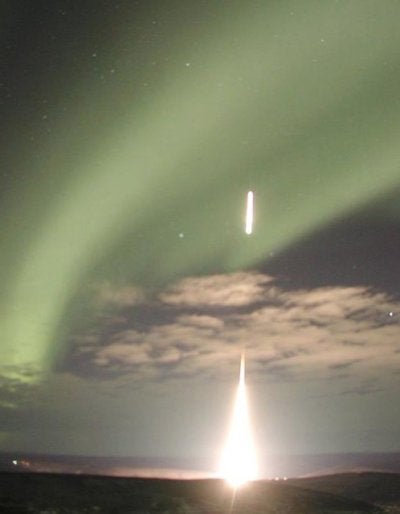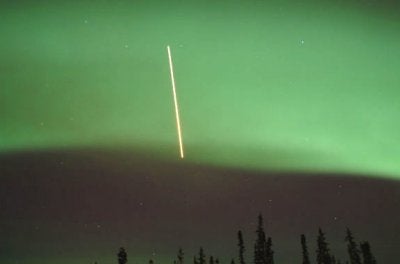Part of the High Bandwidth Auroral Rocket (HIBAR) mission, the flight collected data that will help scientists better understand high-frequency waves and turbulence generated by aurorae. The rocket’s unrecoverable payload included recently developed instrumentation that records high-frequency waves ranging between 1 and 5 Mhz. HIBAR scientists will analyze the results along with other measurements obtained by similar rockets in 2002 and 1997. The team hopes the findings will support a theory describing characteristics of aurorae and the radio waves they produce.
Poker Flat Research Range, located about 30 miles north of Fairbanks, Alaska, is operated by the University of Alaska’s Geophysical Institute under contract from NASA’s Wallops Flight Facility, making it the world’s only scientific rocket launching facility owned by a university. Founded 35 years ago, Poker Flat has launched more than 250 major high-altitude sounding and 1,500 meteorological rockets to study atmospheric research on ranging from aurorae, the ozone layer, solar protons, and electric, magnetic, and ultraviolet fields.











